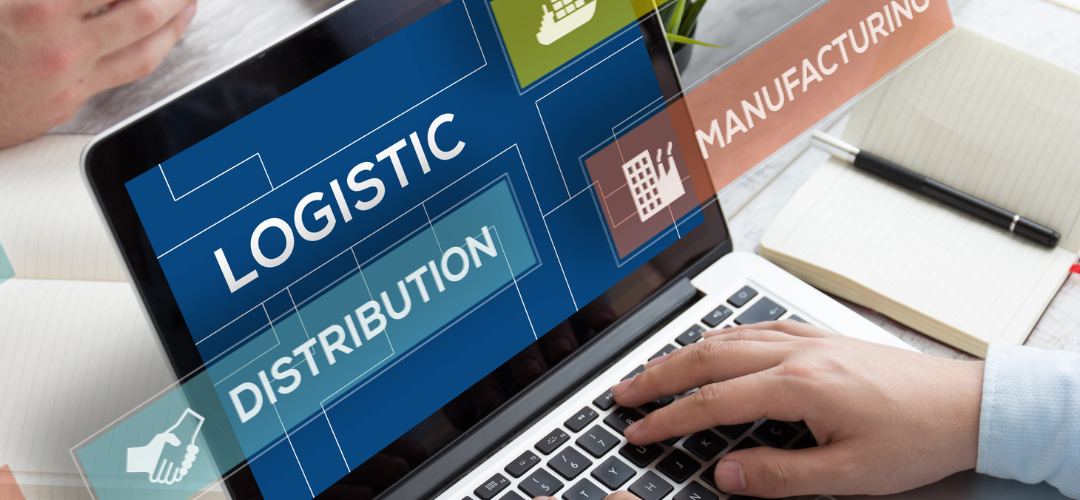
The future of logistics is a multi-billion dollar industry that will grow by leaps and bounds over the next decade. There are many uses of this field, all expanding in conjunction with the growth of industrial civilization. To succeed, companies need to identify their strengths and weaknesses, plan, and find ways to streamline their processes and adapt them for online management.
The future of logistics is moving away from traditional, centralized methods of supply and demand to a more decentralized, collaborative approach. These include the popularity of online shopping, the need for more customized services, and the emergence of innovative tools that facilitate communication between businesses and their suppliers and customers.
We can already see this shift happening in some parts of logistics. For example, companies are starting to use something called blockchain to keep track of what they buy and sell. And just like now, in the future, they might use even better versions of the popular Proof of delivery software to make sure deliveries happen fast and go to the right place.
As this trend continues, we will likely see even more innovations in the field of logistics. Some experts have predicted that this shift could eventually lead to a new era of “smart logistics.”
The growth of digital delivery systems has led to a rise in the use of drones for cargo delivery. Drones help transport items such as packages and food over long distances without any risk of accidents. They are also helpful for moving large objects between warehouses and customers.
Logistics providers will continue to develop new ways to meet customers’ needs. They recognize the pivotal role that technological advancements play in shaping demand patterns and are committed to harnessing these innovations for the benefit of their clients. This commitment extends to inventory management, where sophisticated Warehouse Management Systems (WMS) can be beneficial to the logistics department. WMS solutions can empower logistics providers with real-time visibility into inventory levels and movement.
This enhanced visibility ensures that providers can optimize their inventory control, meet fluctuating customer demands efficiently, and provide a level of service that exceeds expectations. By understanding how technological advances affect demand patterns, providers can ensure that they can provide the best possible service for their customers.
Over the past few decades, manufacturing has been reduced worldwide. Still, this decline has taken different forms in different regions. Some countries are seeing more manufacturing activity than ever before.
One factor that contributes to the growth of manufacturing is the rise of e-commerce. Online consumers are increasingly demanding rapid production of goods. As a result, the production of various electronic gadgets, including computers and mobile phones, has grown massively.
Another factor driving manufacturing growth is the rise of China and other developing countries. It tends to have companies capable of producing products at a fraction of the cost (such as this Chinese company that provides the best online CNC service for making custom manufacturing parts) of Western countries, which makes them very competitive in the global economy. As a result, Western companies are increasingly turning to these countries for their manufacturing needs, reshaping the industry dynamics and driving a surge in global manufacturing growth.
While all of these factors are contributing to the growth of manufacturing, it is still vulnerable to economic fluctuations. If there are unexpected changes in the market, manufacturers could struggle to keep up with demand.
In a volatile market, logistical planning is essential to ensure that your supply chain can meet customer demand. Here are some tips to help you plan for the unexpected:
The future of logistics is undoubtedly influenced by the aerospace industry’s complex supply chain and the critical role of aerospace precision machining. With increasing demand for customized parts and sophisticated aerospace technologies, logistics providers must adapt to accommodate the unique requirements of precision machining and ensure timely delivery of critical components. Technological advancements in aerospace machining, such as CNC machining and additive manufacturing, are reshaping the industry and necessitating adjustments in logistics planning. As aerospace manufacturing often operates in a decentralized manner, effective coordination and contingency planning become paramount. Embracing sustainability practices in aerospace logistics further aligns with the overarching trend of a digitized, collaborative, and adaptable logistics future.
The relationship between logistics and supply and demand is essential to the smooth operation of the logistics industry. When demand for a product is high, logistics companies must ensure a sufficient supply. This requires close coordination between different parts of the supply chain, from suppliers to manufacturers to retailers.
If there is an imbalance between supply and demand, it can lead to disruptions in the logistics industry. For example, if demand for a product exceeds supply, retailers may have to ration items or raise prices. On the other hand, manufacturers may discount prices or offer incentives to encourage customers to buy if there is too much product inventory.
The goal of any business should be to match their production levels with customer demand as closely as possible. By doing so, businesses can minimize waste and maximize profits. The key to achieving this goal is effective communication and coordination between all parties involved in the logistics process.